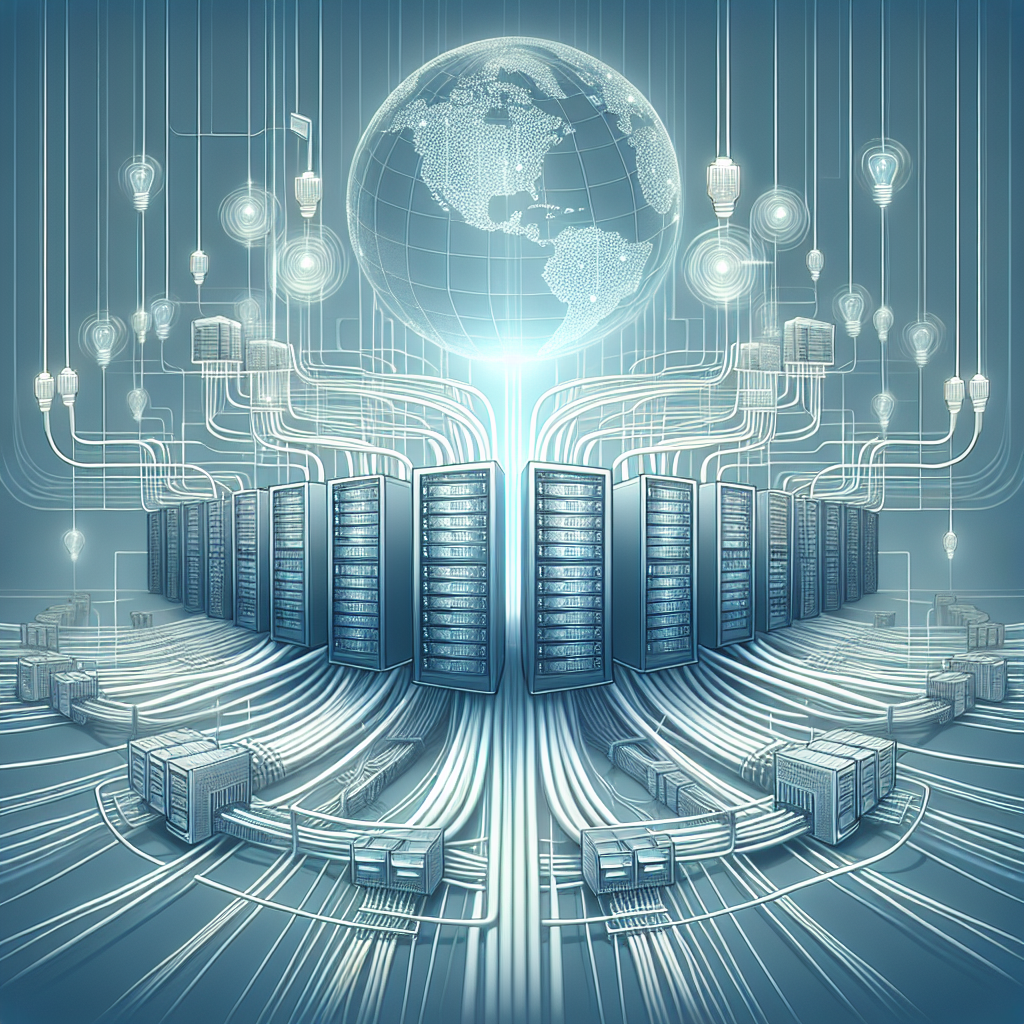Navigating the Complexities of Data Center Power Distribution
Data centers are the backbone of the digital world, housing the servers and infrastructure that power our online activities. However, the smooth operation of these data centers relies heavily on an often-overlooked aspect – power distribution.
Navigating the complexities of data center power distribution can be a daunting task, as it involves managing the flow of electricity to various components within the facility. From ensuring redundancy and reliability to optimizing efficiency and scalability, there are numerous factors to consider when designing and maintaining a data center’s power distribution system.
One of the key considerations in data center power distribution is redundancy. Redundancy is crucial to ensure uninterrupted power supply to critical equipment in the event of a power outage or equipment failure. This can be achieved through the use of dual power feeds, backup generators, and uninterruptible power supply (UPS) systems. By implementing redundant power distribution paths, data centers can minimize the risk of downtime and ensure continuous operation.
Another important aspect of data center power distribution is efficiency. With the increasing demand for computing power, data centers are under pressure to maximize the use of electricity while minimizing waste. This can be achieved through the use of energy-efficient power distribution equipment, such as transformers, switchgear, and power distribution units (PDUs). By optimizing the efficiency of their power distribution systems, data centers can reduce their energy consumption and operating costs.
Scalability is also a key consideration when designing a data center’s power distribution system. As data center requirements evolve and grow, the power distribution system must be able to accommodate changing needs. This can be achieved through modular and scalable power distribution solutions that can easily be expanded or upgraded as needed. By planning for scalability from the outset, data centers can future-proof their power distribution systems and avoid costly retrofitting or upgrades down the line.
In conclusion, navigating the complexities of data center power distribution requires careful planning and consideration of various factors, including redundancy, efficiency, and scalability. By investing in a robust power distribution system, data centers can ensure reliable operation, minimize downtime, and optimize energy efficiency. With the increasing importance of data centers in today’s digital economy, it is essential for organizations to prioritize power distribution as a critical component of their overall data center strategy.


